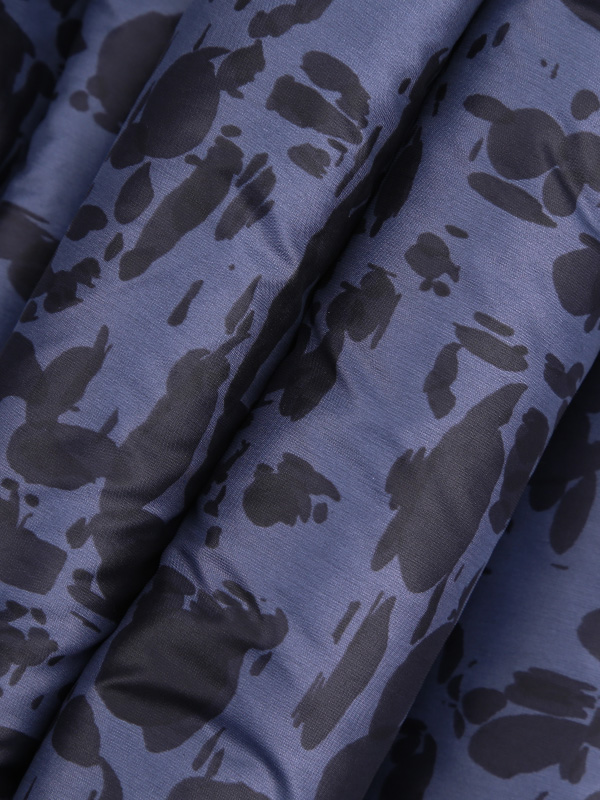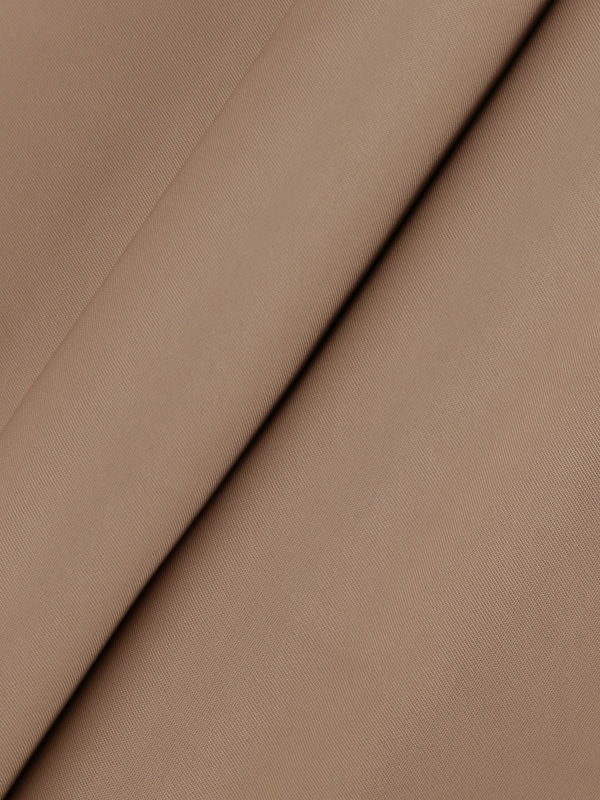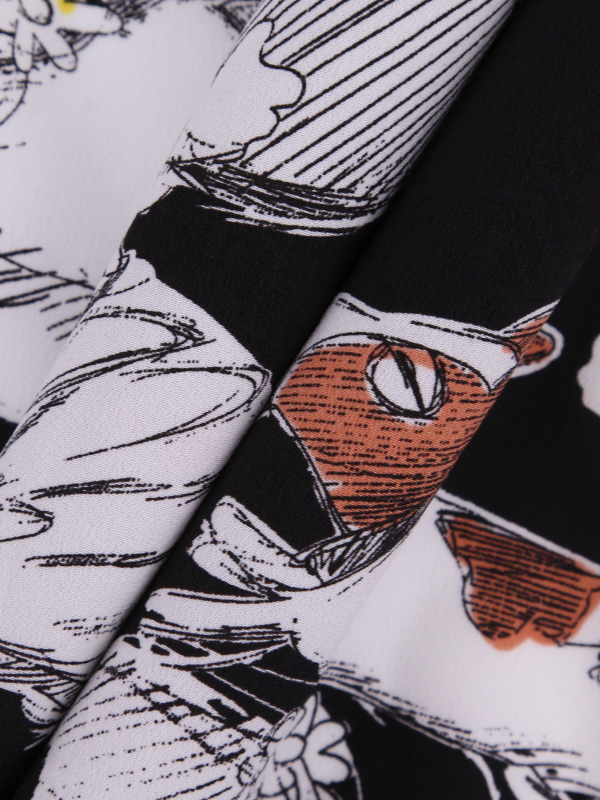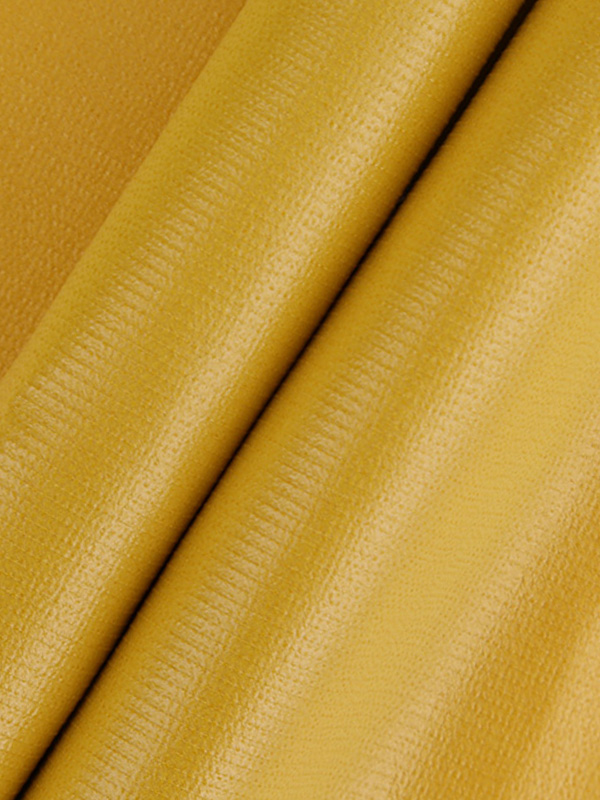Composite Fabrics: 4 Reasons for Stretch and Tear Strength Decreases in Textile Fabrics
1. It is related to the cracking strength and strength of the warp and weft yarns. This is related to the raw material and blending ratio of the fiber material into the yarn, the fineness of the fiber itself (count or special number) and the fineness of the yarn (count or special number), yarn uniformity, moisture regain or moisture content, single Factors such as the twist (twist coefficient) of the yarn or the strand, the single yarn and the strand, and the storage age of the fiber or yarn are all related. There are also elastic fibers including their elongation and other factors that will form a big difference.
2. The factors that affect the strength of the fabric are also related to the weaving method and weaving conditions of the fabric (such as knitted fabrics and woven fabrics), the structure (such as: plain weave, twill, satin weave, jacquard, others, etc.), and the density of warp and weft yarns. Warp strength and weft strength are different, and bursting strength is also different, whether it contains selvedge, solid edge or burr, whether to avoid defects and folds, the distance from the original fabric selvedge is possible. There are differences (so sampling must be at least 150 mm away from the edge of the fabric).
In addition, the strength of the sizing grey fabric and the desizing fabric, the fabric that has been dyed and cleaned up, especially the cloth that has been impregnated and specially cleaned, will be very different. Weaving technique, dyeing, sanding, etc. all play a role. Thicker yarns show better strength than finer ones, twill is better than plain weave, no sanding is better than sanding, and the less corrosive the dyeing is, the better.

3. The strength of yarn-dyed fabrics is not related to the strength of the original yarn, the density of the warp and weft, the fineness of the yarn, and the finishing technology. To improve the strength of the yarn-dyed fabrics, it is necessary to improve these items. . After the non-iron fabric is cleaned up, the tensile and tearing strength will also be reduced, which directly affects the durability of the fabric.
The tensile and tear strength, yarn strength and elongation, stagger resistance, and shape structure of the fabric before and after the easy-to-clean have obvious effects on the strength. When the fabric woven by yarns with high strength and elongation is torn, the stress triangle area is large, and the number of yarns under stress at the same time is high, and the tearing strength is high. The arrangement structure and the density of warp and weft yarns affect the staggered points and slippage between the yarns. The fewer staggered points, the easier the slippage between the yarns, and the higher the tearing strength of the fabric.
4. After wearing for a period of time in the actual wearing process, the yarn in the fabric becomes thinner due to friction, and some parts often experience a sudden tearing effect. The parts that are hooked by the sharp objects, the external force on these parts causes the inner yarns of the fabric to be cracked under the ultimate load one by one. During the use of textiles, if they are subjected to a partial concentrated load for a long time, it is possible to reduce the strength to the limit, and then affect the tensile and tear strength of the fabric.


 English
English Chinese
Chinese



